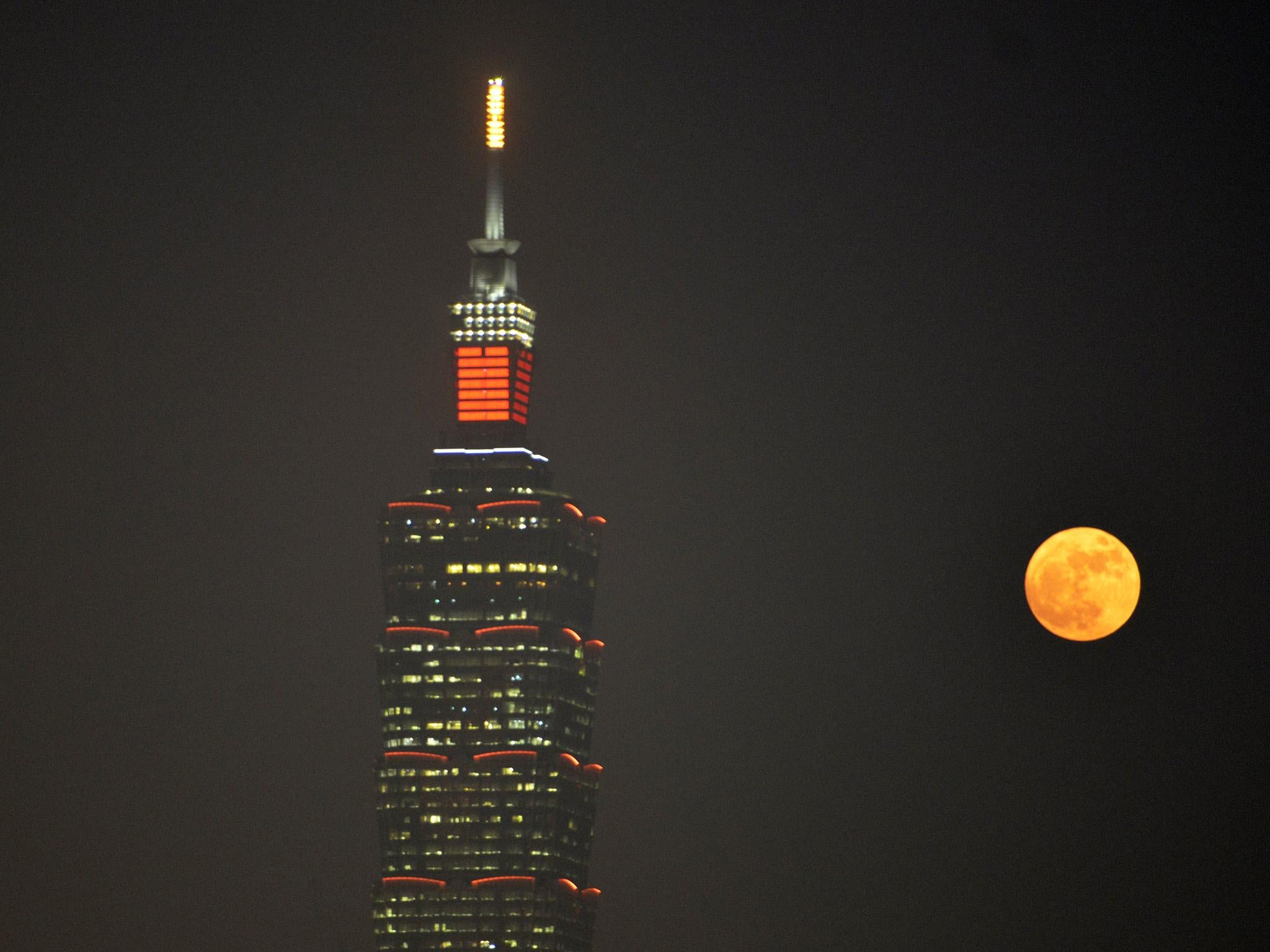Supermoon 2017: How to see the 'full cold moon', the brightest of the year
Supermoons happen when our nearest neighbour is both full and nearby

The next full moon you're going to see will be extra special.
That's because it'll also be a lot closer than normal. And that means that it'll not only be a moon, but a supermoon.
And if you're particularly lucky, you'll get to see it block out extra things as it rises. In some parts of the world, the moon will "occult" the star Aldebaran – something that will be particularly visible to those in Asia.
The moon will rise on December 3. It becomes full at about 4pm that day, though of course it will be big and full all night.
It won't actually reach perigee – or the point at which it's closest to Earth – until the next morning. But again it will be very close for the entire evening, so you'll get a look at it whenever you look up to the sky.
The moon is usually about 238,000 miles away from Earth. But its orbit isn't a perfect circle, so it sometimes gets much closer, and when it swings around in December it will be a mere 222,135 miles away.
That won't be the closest it's got all year – in May it passed by us about 221,958 miles from Earth. But that didn't coincide with a full moon, making December's sight by far the brightest, fullest moon that we'll have been able to see all year.
The moon is referred to as a "Full Cold Moon". Unlike some of the names found in the Old Farmer's Almanac – such as the Full Worm Moon – the reason for the name of December's moon is obvious and straightforward.
Join our commenting forum
Join thought-provoking conversations, follow other Independent readers and see their replies
Comments
Bookmark popover
Removed from bookmarks